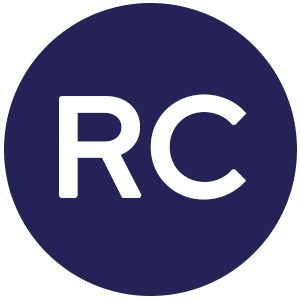Introducing new technology and processes can be daunting prospects for a hospital and its staff. However, the benefits of a real-time location system (RTLS) – including more informed purchasing decisions, increased staff efficiency, and reduced equipment costs – are worth the effort.
But before you jump into an RTLS implementation at your hospital, there are a few questions you should answer. By taking the time to establish your goals for and desired outcomes from the technology, you can ensure that your implementation – and the system overall – is worth the time and resources you put into it.
Below, we explore three essential questions to answer before moving forward with a hospital RTLS implementation.
1. What problem are you trying to solve?
There are a wide variety of reasons your hospital may be interested in implementing RTLS. For example, stolen, lost, and misplaced medical equipment costs American hospitals millions of dollars each year. This is costly both because of the expense of replacing the equipment and because of the staff hours spent trying to locate it.
Other healthcare organizations may be more concerned with understanding their equipment utilization rate. This allows them to better understand how many pieces of equipment they truly need, rather than making those decisions based on anecdotal feedback from staff. It can also help them understand if they are experiencing issues with unavailable or dirty equipment, which can cause a misperception that there is an equipment shortage.
Other common challenges include:
- Rightsizing your equipment fleet to achieve cost savings
- Optimizing your workforce to save money during staff shortages and supply chain crunches
- Maintaining compliance with Joint Commission standards
Understanding the problem(s) you are trying to solve will help ensure that you get the most out of your system and track the right metrics as you work toward your goals.
2. What outcomes do you want to achieve?
Healthcare organizations are often held to a wide range of performance metrics, measuring factors from length of stay to patient satisfaction. In the same way, you will want to identify which key performance indicators you want to measure in regard to your RTLS system.
This often becomes clear once you understand the challenges you’re trying to solve. For example, if your main challenge is managing your utilization, you will likely focus on understanding and improving that utilization rate, so you can evaluate how large your fleet should truly be.
Depending on your unique organization, your desired outcomes could focus on:
- The percentage of your mobile fleet reached during your last preventive maintenance cycle
- The percentage of the major classes of mobile equipment in use at your hospital at any given time
- The frequency that your storage rooms are staying within appropriate PAR levels
3. Who needs to be involved in the implementation process?
While RTLS is technology-based — and you will certainly need IT and informatics team members on your implementation committee — there are several other people that need to be involved with the project, as well. For example, nursing staff can provide insights on how the providers use and manage the mobile equipment fleet, including common bottlenecks and pain points.
Taking the time now to think through the different stakeholders you need on your team will prepare them for the changes that an RTLS will bring to their departments and workflows and give them a chance to weigh in on pressing needs that an RTLS may help solve.
By answering these questions now, you can ensure that your hospital is truly ready to implement — and realize the full benefits from — RTLS. Of course, this is just the beginning of the process. For a closer look into the full Cognosos RTLS implementation process, download our eBook, “On the Road to ROI: A Guide to Implementing Your Cognosos RTLS.”
The guide provides insight into:
- The pre-implementation process that allows Cognosos to develop a customized system fit to your hospital’s unique needs
- The technical components of the Cognosos RTLS
- The four-phase implementation process
- Ongoing benefits of a Cognosos partnership following the initial implementation



